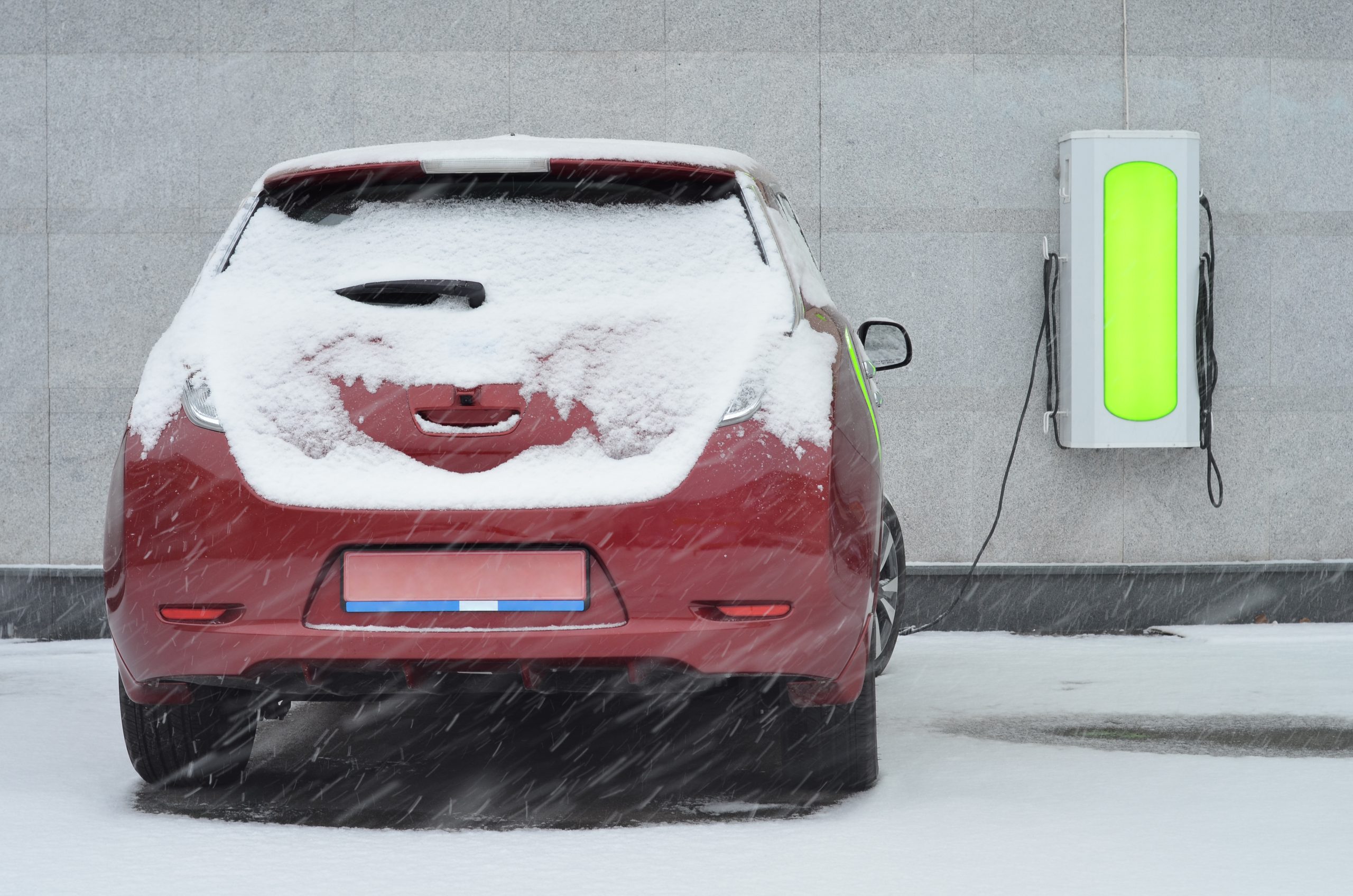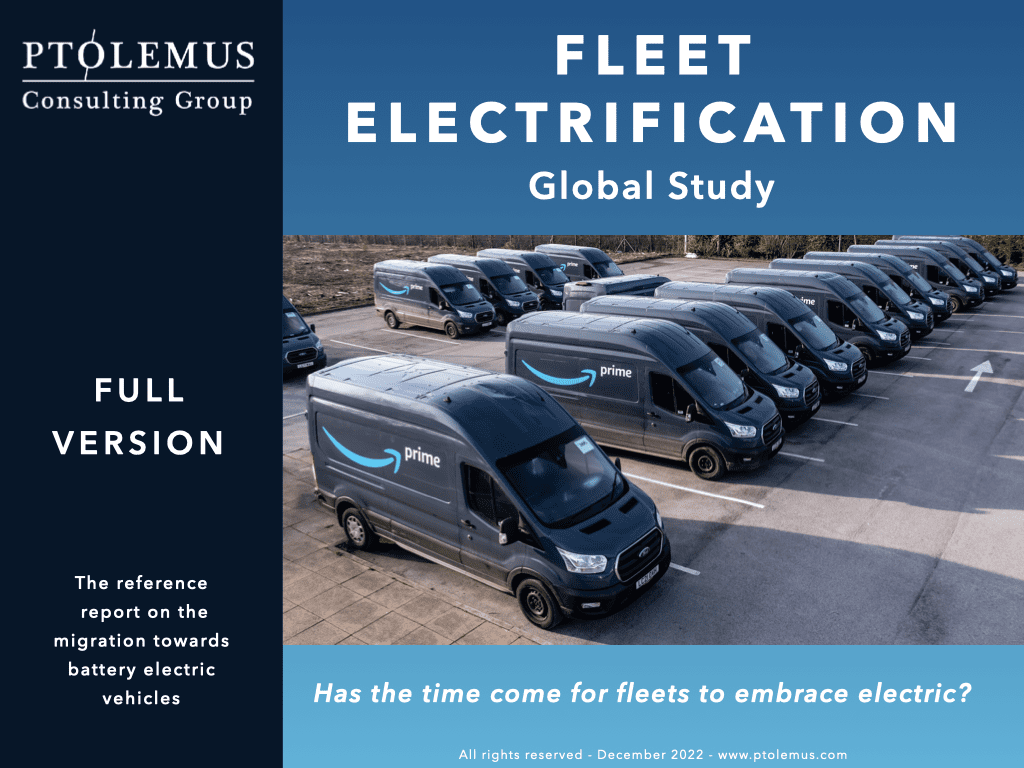How fleet managers can overcome EV range and battery issues in extreme weather conditions

Extreme weather can significantly impact the range and battery degradation of electric vehicle (EV) batteries. Fleet managers must adopt additional measures to solve the depleting range for EV fleets. In this blog, we highlight the reasons for dwindling range and battery degradation due to harsh weather. We also highlight the way out for fleet managers to address this critical issue.
How extreme weather can impact EV range
The ideal range for EVs falls between 18°C and 22°C. At -15°C, EVs can drop from the rated range by 54%. At 40°C, the range for EVs is reduced by 20%.
Several EVs are equipped with battery thermal management system that control and extend the range of EVs. For example, Tesla incurs less than 2.3% battery degradation annually as it uses a liquid active cooling system. On the other hand, Nissan Leaf witnessed battery degradation of less than 4.2% annually as it uses a passive cooling system.
Fleet managers have to identify methods, routes and strategies so that their EV fleets are less exposed to extreme weather. Moreover, fleet managers can also identify EVs that have superior thermal management systems to counter harsh weather. The figure below provides a list of EVs with a varying range in cold weather. This better highlights that battery management systems (BMS) can lead to a higher range.

How extreme weather can damage batteries
Battery loss is observed in weather below 0°C and above 30°C. Electrochemical reactions are sluggish below 0°C leading to reduced acceleration and power density. Acceleration potential and power density are also severely impeded by temperatures above 30°C. Moreover, batteries are prone to permanent degradation if exposed to constant 40°C in driving conditions. A study conducted by GEOTAB in 2020, highlighted hot and temperate climates and their affect on EV batteries.
- The hot climate could be regarded as a region which witnesses a temperature above 27°C for most of the days in a year.
- A temperate climate could be a region which witnesses most of the days with moderate temperatures (below 27°C and above -5°C).

We witness that in hot climates there is more than 10% battery degradation in 4 years. Whereas in moderate temperatures this degradation is limited to less than 5% in 4 years. Hence, EV fleet managers in hot countries have to be more vigilant towards perishing range if fleets operations are exposed to constant high temperatures.
How fleet managers can overcome EV range and battery issues in extreme weather
- Choose EVs that offer superior battery management systems to counter extreme weather.
- Choose EVs that have advanced amenities. Using heated seats and the steering wheel is more efficient in comparison to using cabin cooling or heating which can be detrimental to the range of EVs.
- Pre-condition the vehicle before use. For example, warm up the EV for a long trip and cool down after a long journey.
- Maintaining the cabin temperature before starting the trip is more efficient and puts less strain on the battery.
- Ensure drivers drive EVs in a consistent manner. Excessive braking and acceleration will drain a higher volume of battery capacity.
- Keep the charging level of batteries between 20%- 80%. Driving fleets in high or low State of Charge (SoC) can lead to higher depletion of batteries.
- Minimise fast DC charging and increase overnight AC charging to avoid faster battery degradation.
- Avoid calendar ageing of batteries and make use of EV fleets whenever on the road.
- Drive fleets in eco-mode as much as possible. Eco-mode ensures EVs drive with less speed as less power is provided to the engine.
- Park vehicle in shade in extremely hot weather.
- Maintain tire pressure. Low tire pressure would lead to reduced mileage and higher rolling resistance.
Extreme weather can be a cause of concern as it impacts both the range and battery life of fleets. Fleet managers should be prepared with pragmatic solutions to address this situation. A way out could be to buy EVs that have robust battery management systems. Moreover, fleet managers have to set guidelines that will ensure the maximum range for EV fleets. These measures include preconditioning the vehicles, parking in shaded areas and eco-driving.
A detailed study on the topics can be found in our latest study on Global Fleet Electrification.

